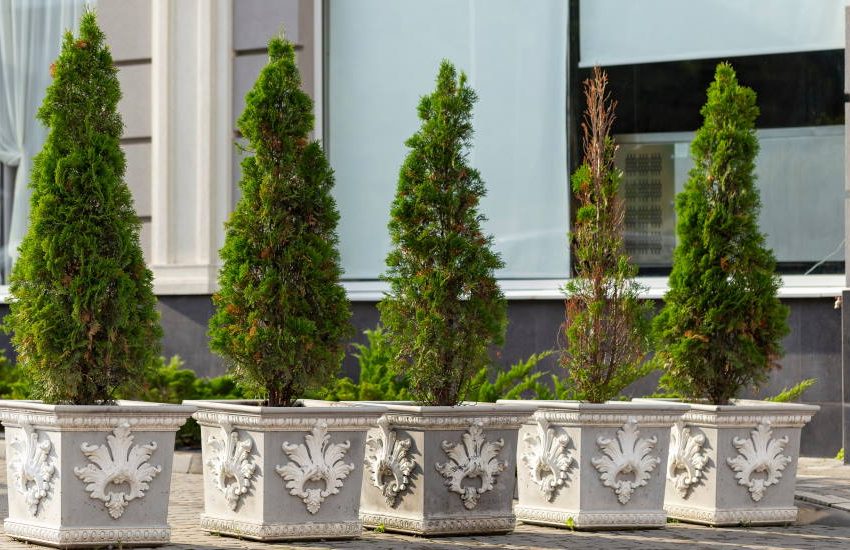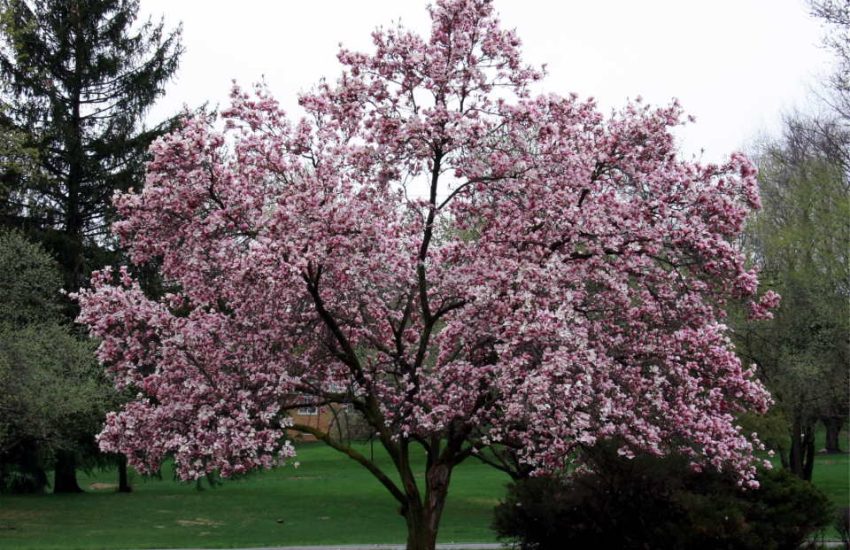Walking Iris Plants : How to Grow & Care
How to Grow and Care
Do you want to bring spring to your gardens? The most enjoyable way of doing this is undoubtedly to grow flowers. But what about the Walking Iris Plants that will bring you to spring most exotically, multiplying as they grow, if we talk about them?
This unusual Iris, whose original name was ‘Neomarica Gracilis’, got its name because as it grows, its root seems to move downward. Of course, this is a mistake of the eye. The life span of these exotic worts, whose homeland is the wild forests of Colombia, Costa Rica, Central, and South America, is relatively short.
The length of its leaves, which look like a sword symbol, can be between 50 cm and 1.2 m on average. This wort, which are of many colors and types, attracts a lot of attention with this feature and is among the most preferred worts due to their ease of maintenance and non-decaying nature. If you are ready, let’s look at how to grow and care for Walking Iris Plants to blow an exotic wind in our gardens. I warn you already that you can find yourself in a florist at the end of the article.
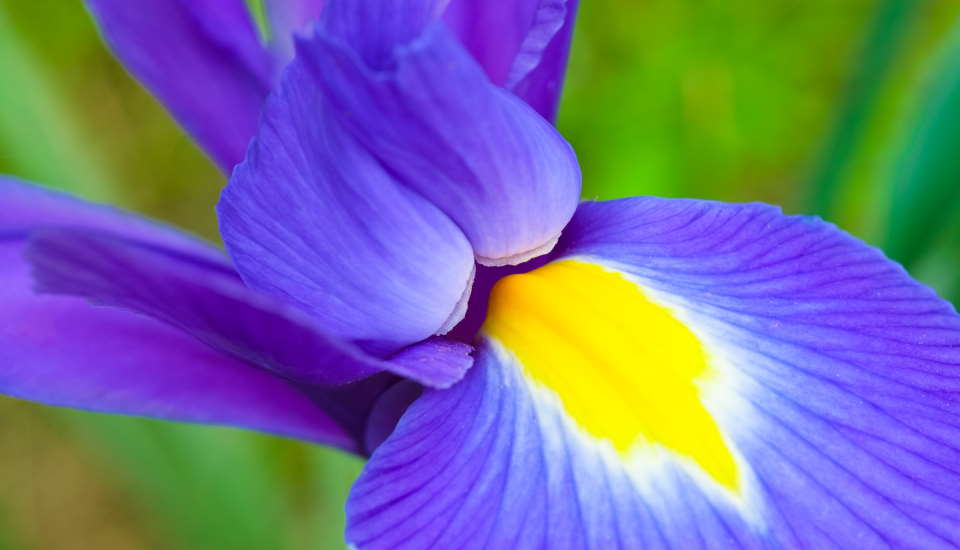
Well, we bought the Walking Iris Plants and all the necessary ingredients for planting flowers from our florist. ‘What do we do now?” I seem to hear what you’re saying. So, let’s get to the point, how do these famous Walking Iris grow and care?
Walking Iris Plants grow and develop healthily, and we must watch certain step-by-step factors that may positively or negatively affect wort care and development; air temperature, humidity, irrigation frequency, the lining frequency, supplements for worts, fertilizers, reproduction, etc. Let’s take a look at Iris to get to know them better!
Air Temperature and Humidity
The sun’s rays cause burns on the leaves of the Walking Iris Plant, but it also needs sunlight to grow and develop. For this reason, we will put it in a place that neither receives much sunlight nor not at all.
We can also think of it as a glass balcony or greenhouse interior that does not receive the sun’s rays directly. In addition, it develops very well at room temperature and gives maximum flowering at this temperature. For this wort, moisture is not of vital importance.
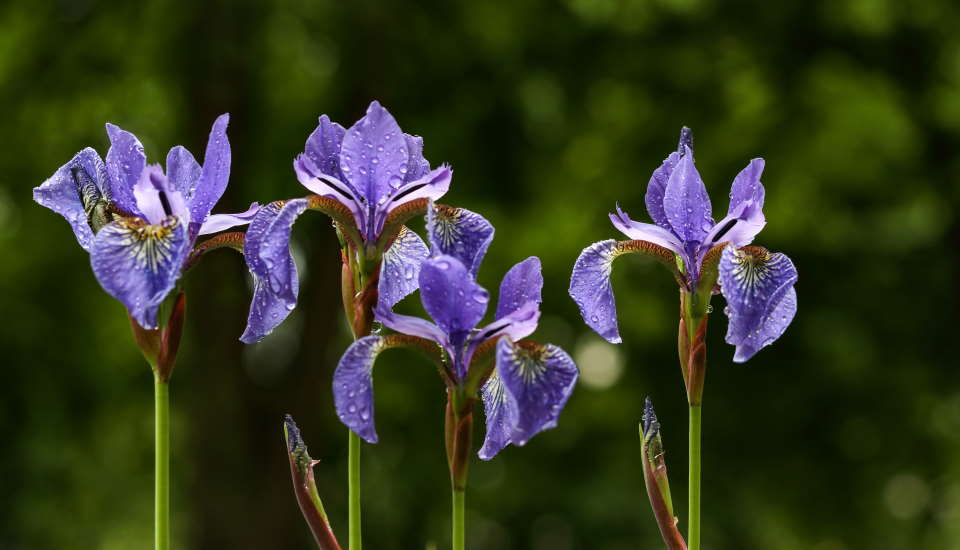
The fact that the environment in which it is located has an average humidity level is sufficient for the growth and development of the wort. However, there is no harm in growing it in a humid environment, spraying water on its leaves, especially in summer. On the contrary, its idyllic leaves turn into more vivid colors, and its leaves are also strong and shine.
Irrigation
We do not need to use irrigation on Walking Iris every day, like some worts. It loves water, but it is also a wort that is resistant to thirst. Of course, our watering frequency will also differ depending on the seasons. In summer, it will be more productive if we water it two days apart, while in the cold winter, as the soil of our Iris desiccation, it will be enough to water it once a week.
For irrigation, we should not use duress water. We should water it as gently as possible. In addition, it will be more beneficial to prefer warm water instead of cold water to provide better care.
Lining
One of the conveniences of the Walking Iris is the lining process. The soil we use is not so crucial that you can use it all, from the various brands of soil we buy from the florist to the soil you dig from the garden.
The Walking Iris can hold on to any soil. Soil type is not a criterion for the flowering of the Walking Iris. As a pot selection, ceramic and large pots are preferred because they are usually heavy. Since the pot is heavy, it prevents the plant from tilting and falling off at the initial stage.
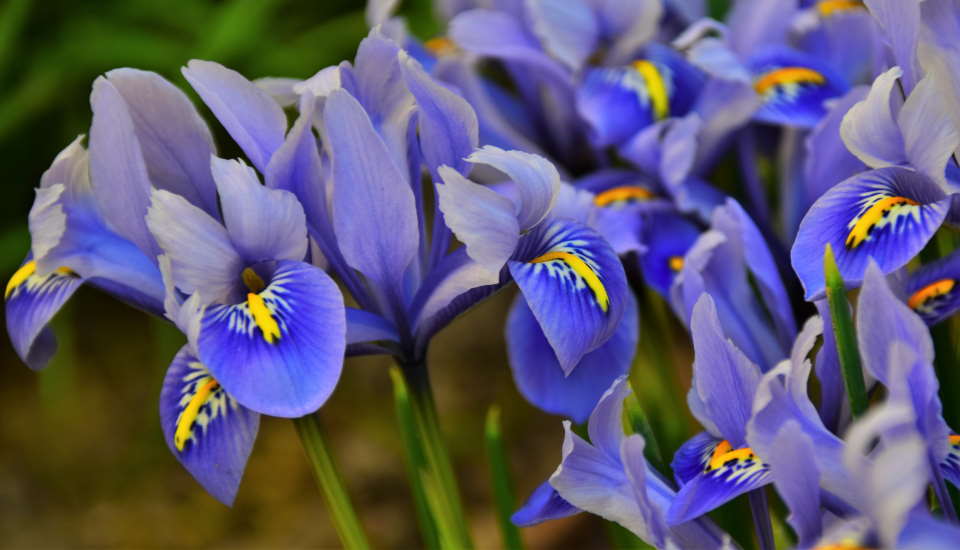
We should also pay attention to the pot size we choose because if the pot is too wide, the flowering process will take longer. After all, the roots will wait to spread throughout the pot to hold on.
If we prefer a pot of medium or small size, it will be more suitable for the growth and development of the wort. However, if we choose our flower pot as small, medium, or large, there must be a drainage part under the flower pot. Because when we water our wort, the excess water must be filtered through the gaps. Exposure to more water than it needs negatively affects Iris’s development, care, and life.
Reproduction
Suppose the Walking Iris is reproduced and fertilized. In that case, the situation is as follows: If the Walking Iris Plants are overfed, they will bloom, but they cannot leave any peduncles on their soil. This means that this flowering cycle happens once, does not continue, and we do not want it. Therefore, we should not overdo feeding our flowers and adjust the dosage well. Nutrition for the wort is important only at the stage of its growth after planting in the ground. For this purpose, liquid fertilizers are usually preferred.
After we have fulfilled all the conditions and our Walking Iris Plant has grown, we must decide whether to propagate it or not. If we want to reproduce, our job is easy. We just need to leave our plant on its own. However, let our plant not multiply; if we say that one exotic wort is enough for us, we can cut off the withered peduncles and prevent our plant from multiplying. Reducing the peduncles by cutting them makes the plant infertile, so it does not multiply and continues to bloom from the same root.
Transshipment and Fertilization
So how do we do the transfer process on Walking Iris Plants? If you do not have knowledge about growing and caring for plants, or you are going to start experiencing this with Walking Iris Plants, the fertilization process may seem a little complicated at first glance. However, all we have to do for fertilization is add suitable soil to the right pot at the right time. If our plant is an adult, it will be enough for us to do it every two or three years, but if not, we should do this procedure every year.
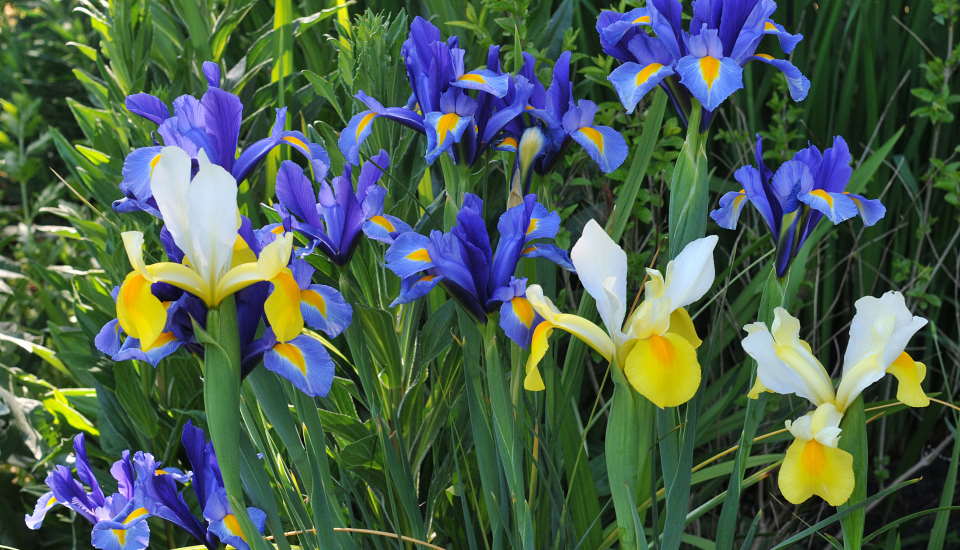
We need to gently add fresh soil to our pot without damaging the soil in which our Walking Iris Plant has grown for several years. The old and new soil will intertwine and integrate over time, and this will help prepare the appropriate environment for our plants to bloom again. As mentioned above, the transfer process also varies in proportion to the age and care of our wort.
Young worts are transferred with more recent time intervals.
In addition to all these factors, it has a period called the ‘inactive period’. This period, which begins in the middle of autumn and continues until the middle of winter, worries Walking Iris owners and may suggest that they misuse the substances above. However, this is a natural process, and one should not worry about the fact that the plant is developing. One of the things that can be done during this period is to reduce the room temperature, and the other is to increase the lighting.
Experts liken Walking Iris Plants to a child. If the desired conditions do not arise, they can easily offend and deprive you of their magnificent fragrant flowers.
Conclusion
Walking Iris Plants, in general, are negatively affected by the minimum and excess of everything. As I mentioned one by one above, finding the balance for each factor is key to its care, development, and flowering of it. This wort’s that we learn about under the headings “air temperature, humidity, irrigation, lining, reproduction, transshipment and fertilization” care is quite pleasant and straightforward. You will be delighted to see they are growing, developing, and giving you colorful, fragrant flowers.
You may also be interested in:
Lavender Twist Redbud Tree: How to Grow and Care
The Symbolism of Flowers : What Do Colors of the Flowers Mean?

